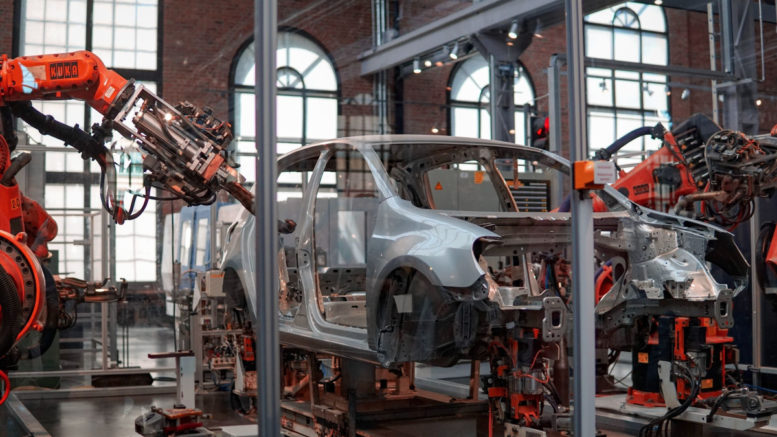The automotive industry was always seen as a large playing field where there is always something going on, but we rarely see any major innovations or breakthroughs. Well, as of recently, things have changed, and as you can probably guess, the driving force behind this evolution was the rise of digital tech.
These days, new trends are changing the ways cars are driven, how they’re powered, and even how they’re purchased. All these things have a tremendous influence on the entire industry ranging from how the production decisions are made right to how the vehicles are presented in the shop.
Let us then use this opportunity to see what trends will rock the automotive industry outlook in the future and see in which direction the car market is heading.
New vehicle sales experience a decline.
The COVID-19 truly changed how we look at luxury vehicles, hybrids, and EVs. Harsh living conditions caused people to develop a much more frugal lifestyle, invest more money to preserve their existing cars, and cause the aftermarket to flourish. On the other hand, the sales of new vehicles experienced a sharp decline. In some markets like Europe, the registration of new vehicles dropped by 23.7%. It looks like the customers are postponing big purchases for some times when they won’t have so many immediate concerns. This development may profoundly influence the price of new and used vehicles.
EVs are still going solid but mostly due to subsidies.
Unlike their fossil fuel peers, electric vehicles managed to avoid sharp sales declines. Still, if we take a completely honest look at the entire issue, we must admit that EV sales are mostly kept alive due to subsidies. In markets like China and the EU, where such incentives were reduced, the sales either seen drops or plateaued. These problems will become even more pronounced as we’ve headed into what looks like a full-blown lithium crisis. The shortage of lithium-ion batteries is already causing the long EV waiting for lines in the US. We will see if the industry will sustain eventual sales spikes in the future.
Car insurers stepping up the game
A couple of recent car generations featured some imposing safety features. Some of the security requirements may be for example upgrading tires to all-terrain to make vehicles safer and secure in any road and weather conditions.
As innovations come into production, the prices of insurance premiums are expected to drop as a result. That forces car insurers to find new ways to cater to customers and find new sources of revenue.
One of these perks is the personalized insurance quote that considers each client’s necessities and tailors the customized insurance package. Also, we can expect to see greater usage of the Internet of Things and telematics that should push the entire personalized insurance concept even further.
The rise of connected cars
While we are speaking about the IoT, we would like to mention that now that the 5G internet is finally coming to fruition on a wider scale, connected vehicles have an opportunity to realize their true potential. Now, when the infrastructure is being laid, the latest-gen vehicles will be able to communicate with local network systems, get turn by turn directions, download entertainment content, send stats and diagnostics, make purchases, analyze traffic and perform countless other smart functions. That will, effectively, turn them into fully realized four-wheeled smart devices in pair with the latest-gen tech.
AI settling down for offering assistance
Companies like Tesla and Apple made huge leaps in the self-driving vehicle techs – often successfully but sometimes not so much. Still, it looks like the industry is slowly concluding that AI-driven cars are still an expensive novelty rather than a market trend or even necessity. Of course, AI still has much to offer as diver assistants, and this use case is slowly becoming a standard in the premium segments. But, for the time being, this form of assistance will not go much further than highway driving, brake assistance, and similar perks. Fully automated cars will have to wait a couple of years more to take off.
We hope these few examples gave you some general ideas about the direction in which the automotive industry will keep going throughout 2022. As we can see, the latest developments in the digital world have considerably sped up the evolution of the car industry. After two exhausting years of uncertainty, we feel more than comfortable with the things we know. Still, even with that in mind, it looks like the auto market is taking one step at a time, which is probably for the better.
